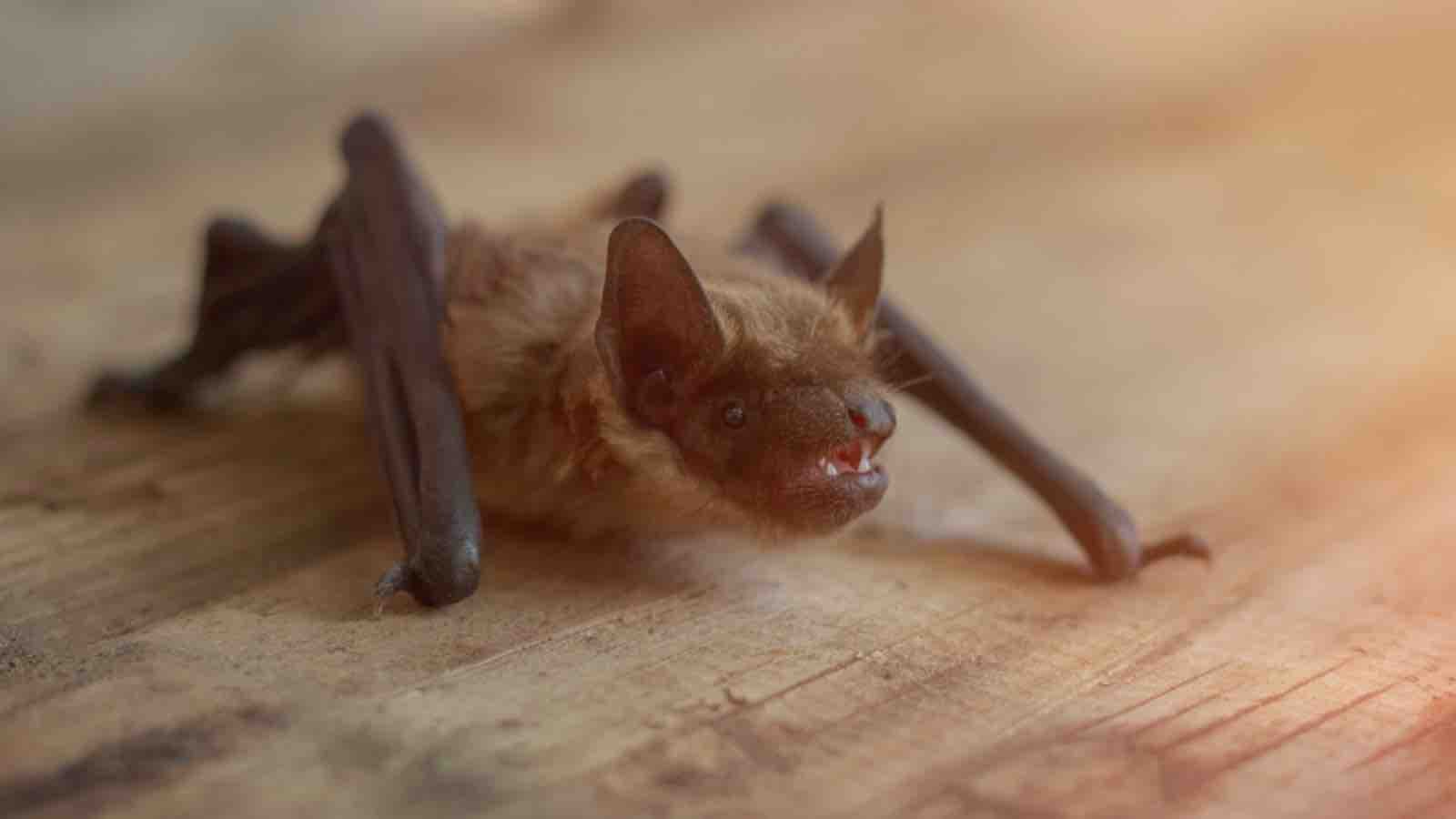
You’re watching TV or making dinner when you hear the flapping of wings. Imagine your surprise when you discover it’s not a bird, but a bat that’s found its way into your home!
Nobody likes uninvited guests. But compared to common pests like flies, ants, or mice, a flying bat circling above you is universally spooky. That’s because these winged creatures have developed a reputation as disease-carrying pests out to infest your home.
They’ve been known to carry rabies. And their droppings can carry diseases, too. But are bats really as dangerous as their reputation suggests?
Here’s the truth: Despite their prominence in horror films and Halloween decorations, bats are actually beneficial for the environment. In fact, bats are crucial to insect control, pollination, and seed dispersal. And according to the Centers for Disease Control and Prevention (CDC), less than 10% of bats tested for rabies are actually infected.
HOW DO BATS GET IN THE HOUSE?
A lost or curious bat can fly into your house through open windows or doors. If that’s the case, odds are it’s looking for a way out.
But a more common reason bats invade your living space is to find a place to have babies in the fall or spring. Whatever the time of year, bats can sneak in through an entry point as small as 3/8 of an inch wide. This includes gaps in your siding, roof, or soffit, as well as chimneys and attic vents. And if they make themselves at home, there’s no limit to how long they’ll stay.
HOW TO GET RID OF A BAT IN THE HOUSE
Whether you have a rogue flyer or a momma bat in the attic, use these bat removal tips to help it get back outside — and out of your living room:
- Wear the proper protective gear. When handling a bat, never use your bare hands. Wear gloves (thick leather gloves are best), long clothing, and even a mask to protect yourself from bites. Bats aren’t typically aggressive, but it’s always best to play it safe.
- Keep calm. When trying to remove a bat from your home, do your best to stay calm. Avoid making loud noises (like screaming, “There’s a bat in my house!”) or chasing the animal. It’s also a good idea to remove any pets from the room. An excited or panicked bat will be more difficult to catch.
- Trap and release. The easiest way to release a bat back into the wild is to trap it in a box or container. Start by waiting for the bat to land (likely a place it can hang). Quickly place a plastic container or cardboard box over the bat. Then, slide a piece of cardboard or thick paper under the box and release the bat outside. When releasing the bat, try to let it go near a tree so it can climb (most bats can’t take flight from the ground).
- Contact a local professional. Bats are a protected species in many states. If you aren’t confident in handling the situation yourself, contact a local pest control specialist for help. This is one of the safest options, too, especially if your bat problem persists.
Once the bat is safely out… the next course of action is finding how it got in.
IS A BAT LIVING IN MY HOUSE?
Bats prefer to roost in high places, like attics, chimneys, or porch ceilings. Bats are typically quiet animals, although you might hear squeaking or scratching noises when they’re on the move. The telltale sign of where bats are roosting is their droppings – they look like mouse droppings, but larger. You might also find rub or scratch marks at the point where they enter your home.
Related: Here’s why you should get a professional chimney inspection every year
Bats are beneficial to the environment (and help eat pesky mosquitoes!) so relocating it outside where it belongs is the best course of action. Once it’s out, seal off the entry point with caulk, screens, or netting.
DOES HOMEOWNERS INSURANCE COVER DAMAGE FROM BATS?
Bats living in your home can damage your house with foul odors and stains. However, bats are less likely to cause damage by gnawing or chewing. If you see teeth marks, it may be more likely that you have a problem with mice, rats, or squirrels. Learn how to spot the signs of other pest problems.
Generally speaking, damage from bats isn’t covered by your homeowners insurance. That’s because pest infestations are considered a home maintenance issue, since the damage is gradual – as opposed to a sudden event, like your neighbor’s tree falling on your roof. An Erie Insurance agent can help you understand what your insurance does (and doesn’t) cover. Talk to your local agent to ask questions or get a customized homeowners insurance quote.

A better insurance experience starts with ERIE.
Haven’t heard of us? Erie Insurance started with humble beginnings in 1925 with a mission to emphasize customer service above all else. Though we’ve grown to reach the Fortune 500 list, we still haven’t lost the human touch.
Contact Minich Insurance Agency today to experience the ERIE difference for yourself.

